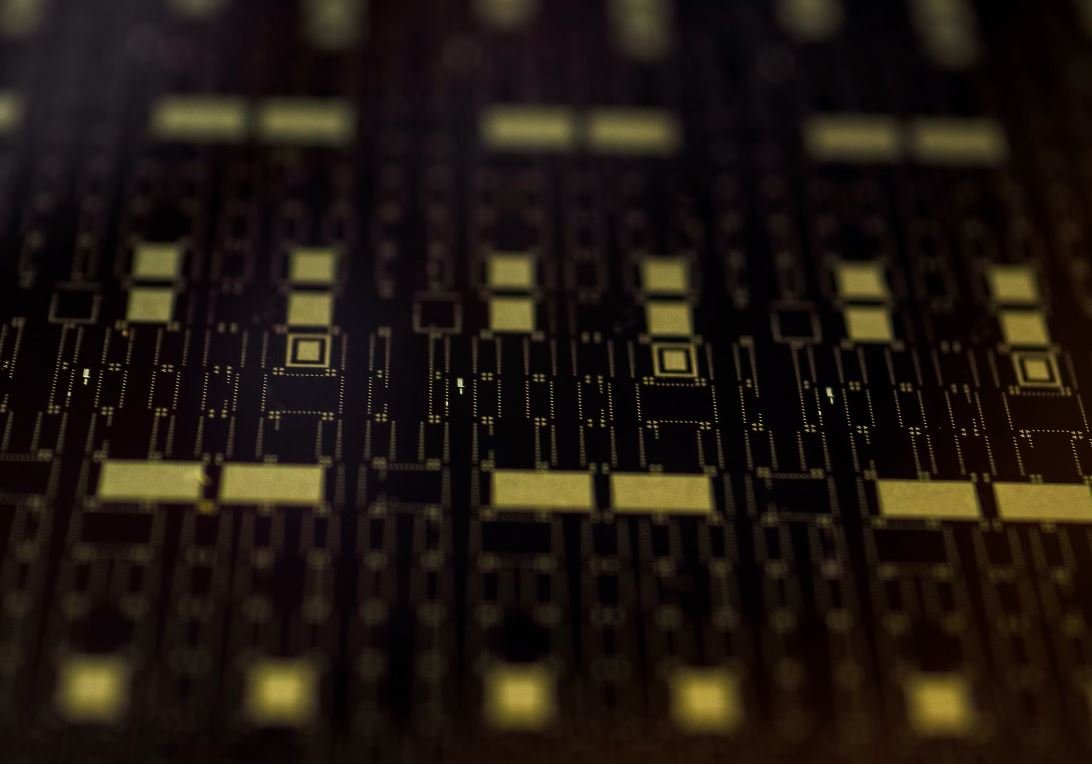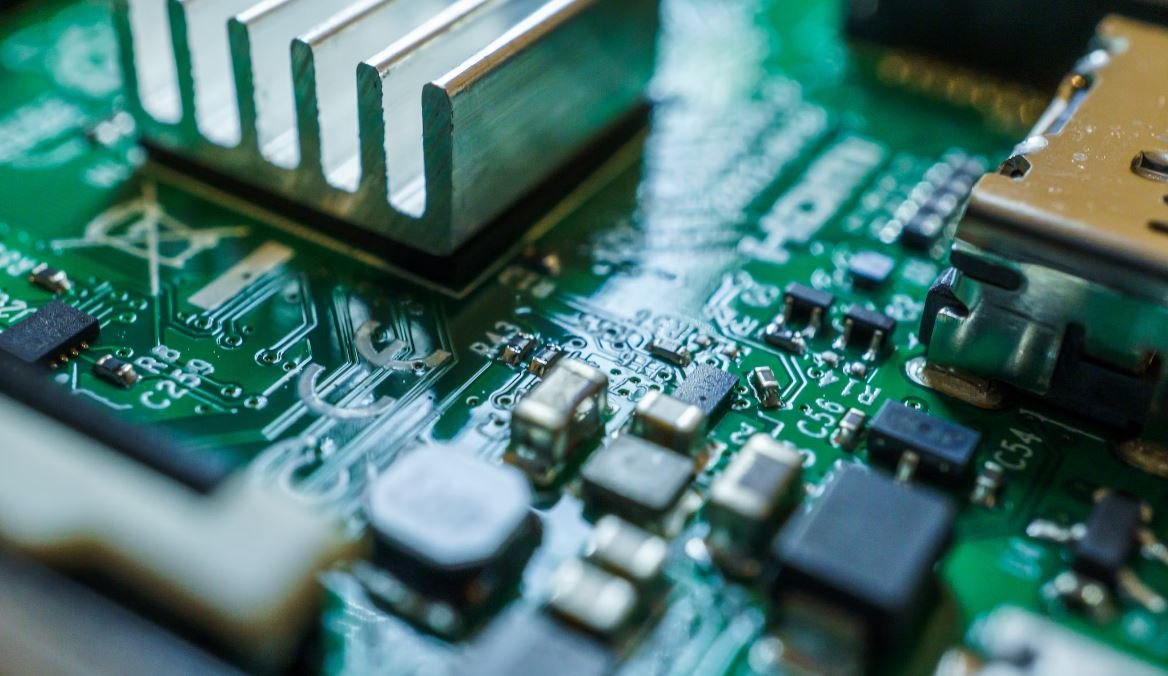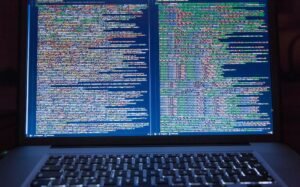Deepfake Facts
Deepfakes, a term coined by combining “deep learning” and “fake,” refer to manipulated media content created using advanced artificial intelligence techniques. These techniques involve the synthesis and manipulation of audio, images, and video to create realistic, yet entirely fabricated, representations of people and events. As deepfake technology continues to evolve, it presents both opportunities and challenges in various aspects of society.
Key Takeaways:
- Deepfake technology uses artificial intelligence to create realistic but fake media content.
- It poses significant risks in areas such as misinformation, privacy, and consent.
- There are ongoing efforts to detect and mitigate the impact of deepfakes.
Deepfake technology has increasingly raised concerns due to its potential for malicious use and the difficulty in distinguishing between real and fake content. **The sophisticated algorithms employed in deepfakes make it possible to create highly convincing imitations of real individuals, opening up possibilities for fraud, misinformation, and privacy breaches.**
One interesting challenge posed by deepfakes is the erosion of trust in digital media. **As deepfake technology advances, it becomes harder to discern fake content from real, creating a heightened risk of misinformation campaigns that can have significant social, political, and economic consequences.**
To address the risks associated with deepfakes, researchers and organizations are actively working on developing tools and techniques for deepfake detection and mitigation. These approaches involve leveraging computer vision algorithms and machine learning models to identify and expose manipulated media. *It is a continuous cat-and-mouse game between the creators of deepfakes and those seeking to combat them.*
Understanding the Impact of Deepfakes
The impact of deepfakes spans across various fields, from politics and entertainment to cybersecurity and national security. Here are some key areas where deepfakes are becoming increasingly influential:
- Political Manipulation:
Deepfakes can be used to spread disinformation, manipulate public opinion, and even undermine electoral processes. This heightens concerns about the integrity of elections and the stability of democracies.
- Entertainment and Media:
Deepfakes have the potential to revolutionize the entertainment industry by enabling filmmakers to recreate historical events or bring deceased actors back to the screen. However, this also raises ethical questions regarding consent and the impact on an actor’s reputation.
- Cybersecurity and Fraud:
Deepfakes pose significant threats to cybersecurity, as they can be used to bypass facial recognition systems, fool biometric authentication, or manipulate video evidence. This has implications for financial fraud, identity theft, and law enforcement investigations.
Statistics on Deepfake Usage
| Category | Statistics |
|---|---|
| Political Manipulation | 75% increase in deepfake-based political disinformation campaigns in the last year. |
| Financial Fraud | Estimated losses of $250 million globally due to deepfake-based fraud schemes. |
Current Measures against Deepfakes
Multiple approaches are being developed to combat deepfakes:
- Deepfake Detection Tools:
- Machine learning algorithms are being trained to detect patterns and inconsistencies in deepfake media.
- Data analysis techniques help identify traces of image manipulation and facial synthesis.
- Legislation and Awareness:
- Government bodies are working on legal frameworks to regulate the creation and distribution of deepfake content.
- Public awareness campaigns aim to educate individuals about the existence and impact of deepfakes.
- Blockchain and Digital Watermarking:
- These technologies help verify the authenticity of media by embedding tamper-proof digital signatures or certificates.
- Blockchain-based platforms can provide a decentralized and immutable provenance record of media content.
Deepfake Detection Accuracy
| Detection Method | Accuracy |
|---|---|
| Artificial Intelligence Models | 80-95% |
| Forensic Image Analysis | 60-85% |
Deepfakes present a rapidly evolving challenge that requires ongoing research, collaboration, and vigilance. While the development and proliferation of deepfake technology raise concerns, efforts to detect and mitigate the impact of deepfakes are underway. By raising awareness, implementing technological solutions, and establishing legal frameworks, society can strive to minimize the risks associated with this emerging form of manipulation.

Common Misconceptions
Paragraph 1
One common misconception people often have about deepfake facts is that they are always created for malicious purposes. However, deepfake technology can also be used for positive and creative purposes, such as in the film and entertainment industry.
- Deepfake technology has enabled filmmakers to bring deceased actors back to the screen for a final performance.
- Deepfakes can be used to create fictional characters or enhance special effects in movies.
- Deepfakes have the potential to open up new possibilities for storytelling and imagination.
Paragraph 2
Another common misconception surrounding deepfake facts is that they are always completely indistinguishable from real videos or images. While deepfake technology has improved in recent years, there are often telltale signs that can help experts or trained individuals identify manipulated content.
- Artifacts or glitches may be present in deepfake videos, particularly around the edges of the manipulated elements.
- Slight inconsistencies in lighting, shadows, or perspective can indicate the presence of a deepfake.
- Experts can use advanced computer analysis techniques to detect alterations in facial expressions, eye movements, or speech patterns.
Paragraph 3
A common misconception is that deepfake videos and images are solely the responsibility of individuals creating them. While it is true that some individuals may create deepfakes for malicious purposes, the responsibility also lies with the platforms and technology companies to address the issue and implement safeguards.
- Social media platforms need to invest in advanced detection algorithms to identify and flag deepfake content.
- Technology companies can develop tools and software that enable users to verify the authenticity of videos or images.
- Educating users about the existence and potential harm of deepfakes can help in preventing the spread of manipulated content.
Paragraph 4
There is a misconception that deepfake technology is only accessible to skilled hackers or professionals. However, with the advancement of technology, the tools and software required for creating deepfakes are becoming more user-friendly and easily available.
- Various online platforms or apps provide easy-to-use deepfake creation tools.
- Tutorials and guides are available for beginners to learn and experiment with deepfake technology.
- Low-cost or free software options enable anyone with a computer and basic technical knowledge to create deepfakes.
Paragraph 5
A common misconception is that deepfake technology is solely responsible for spreading misinformation or fake news. While deepfakes can certainly contribute to the spread of manipulated content, it is important to recognize that deepfakes are just one tool in the broader ecosystem of misinformation.
- Deepfakes can amplify existing false narratives, but they are not the sole source of misinformation.
- The spread of misinformation involves various factors, including social media algorithms, user behavior, and incentivization of false content.
- Addressing the issue of misinformation requires a multi-faceted approach that goes beyond just tackling deepfakes.

How Deepfake Technology Works
Deepfake technology uses artificial intelligence algorithms to superimpose or manipulate images, videos, or audio, making them appear authentic. The following table illustrates the basic steps involved in creating a deepfake:
| Steps | Description |
|---|---|
| Data Collection | Gathering relevant data such as images or videos of target individuals. |
| Training AI Model | Using machine learning techniques to train the deepfake algorithm on the collected data. |
| Face Mapping | Mapping the target individual’s face onto the source image or video. |
| Image Synthesis | Generating synthetic images or videos that combine the target’s face with the source content. |
| Refinement | Improving the quality and realism of the deepfake through iterative adjustments. |
| Sharing | Distributing the deepfake through various platforms, often without the target’s consent or knowledge. |
The Impact of Deepfake Technology
Deepfakes have significant implications for various domains, including politics, entertainment, and security. The table below highlights some of the major impacts:
| Domain | Impact |
|---|---|
| Politics | False information dissemination, influence on elections, and potential damage to public trust. |
| Entertainment | Risks to celebrity image, unauthorized creation of explicit content, and manipulation of artist performances. |
| Security | False evidence and identity theft possibilities, posing risks in fraud investigations and legal proceedings. |
Deepfake Detection Techniques
With the increasing prevalence of deepfakes, researchers have developed various detection methods. The table presents some commonly used techniques:
| Technique | Description |
|---|---|
| Facial Analysis | Examining facial landmarks, inconsistencies, or unusual artifacts to identify manipulated elements. |
| Forensic Analysis | Inspecting digital footprints, metadata, or compression artifacts to uncover signs of manipulation. |
| AI-Based Classification | Utilizing machine learning algorithms to distinguish between authentic and manipulated content. |
| Source Authentication | Verifying the authenticity of the source content through blockchain or cryptographic techniques. |
Deepfake Regulations
Regulating deepfake technology poses a challenge due to its complex nature. However, governments and organizations have taken steps to address the issue. The table below showcases some regulatory initiatives:
| Initiative | Description |
|---|---|
| Legislative Actions | Introducing laws to criminalize malicious use of deepfakes, protect privacy rights, and define legal consequences. |
| Education and Awareness | Developing campaigns and resources to educate people about deepfakes and their potential risks. |
| Technological Solutions | Supporting research and development of tools for deepfake detection, prevention, and content authentication. |
Real-World Deepfake Examples
Several high-profile incidents involving deepfakes have raised concerns worldwide. The following table presents notable real-world examples:
| Incident | Description |
|---|---|
| Political Manipulation | Deepfakes circulating during elections, misrepresenting candidates’ speeches or actions to influence voter opinions. |
| Impersonation Scams | Criminals using deepfakes to impersonate others, defraud individuals, or commit identity theft. |
| Celebrity Hoaxes | False videos or images portraying well-known personalities engaging in inappropriate activities, damaging their reputations. |
The Ethical Dilemma
Deepfake technology raises significant ethical concerns regarding consent, privacy, and information integrity. The table below highlights some of these ethical dilemmas:
| Dilemma | Explanation |
|---|---|
| Consent | Creating deepfakes without the consent of individuals involved, leading to potential harm and loss of reputation. |
| Privacy Invasion | Violating privacy rights by using personal data to create deepfakes or by digitally altering private content. |
| Misinformation | Promoting the spread of false information through convincingly deceptive deepfakes, leading to public confusion and distrust. |
The Future of Deepfakes
The evolution of deepfake technology raises concerns about its future implications. The table below highlights potential future scenarios:
| Scenario | Description |
|---|---|
| Enhanced Manipulation | Advancements in deepfake techniques could make it increasingly difficult to distinguish between real and manipulated content. |
| Protective Measures | Ongoing research and development may lead to improved detection and prevention methods to combat deepfakes. |
| Public Awareness | Increased education and awareness about deepfakes may empower individuals to recognize and respond to manipulated content. |
Deepfakes continue to pose significant challenges in multiple domains, influencing both individuals and society as a whole. To mitigate the risks associated with this technology, active efforts are required from governments, organizations, and individuals alike.
Frequently Asked Questions
Deepfake Facts
FAQs
What is a deepfake?
A deepfake is a type of synthetic media generated through deep learning techniques, especially deep neural networks, to create or manipulate visual or audio content that appears realistic but is actually fabricated.
How are deepfakes created?
Deepfakes are created by training algorithms on large datasets of real and fake examples. These algorithms learn to generate or modify content by analyzing patterns in the data.
Why are deepfakes a concern?
Deepfakes can be used maliciously to spread misinformation, deceive people, manipulate elections, or damage reputations. They raise ethical, privacy, and security concerns.
Are all deepfakes harmful?
Not all deepfakes are harmful. They can also be used for entertainment, art, and education purposes. However, the potential for misuse is a significant concern.
Can deepfakes be detected?
Detecting deepfakes can be challenging as the technology is constantly evolving. Researchers are developing various techniques such as forensic analysis, AI algorithms, and watermarking to identify deepfake content.
Are there any laws or regulations regarding deepfakes?
Laws and regulations surrounding deepfakes vary by country. Some jurisdictions have implemented legislation targeting the creation and distribution of malicious deepfakes, while others are still working on addressing the challenges.
How can I protect myself from deepfakes?
To protect yourself from deepfakes, be cautious when consuming media, verify information from multiple reliable sources, employ critical thinking skills, and stay informed about the latest advancements in deepfake detection.
Can AI be used to fight against deepfakes?
Yes, AI can be employed to combat deepfakes. Researchers are developing deepfake detection models using machine learning techniques, and technology companies are investing in tools and solutions to minimize the impact of deepfake manipulation.
What is the future of deepfake technology?
The future of deepfake technology is uncertain. While it holds potential for positive applications, there is also a risk of misuse. It is essential to address the ethical, legal, and societal implications of deepfakes as the technology evolves.
Where can I learn more about deepfakes?
There are several online resources, research papers, and articles available that discuss deepfake technology. It is recommended to consult reputable sources such as academic journals, news outlets, and trustworthy organizations.




